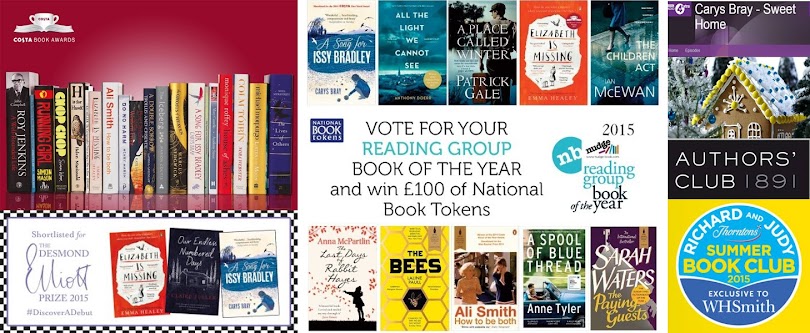For me, 1990 was a year spent humming Sinead O’Connor’s Nothing Compares to You and Maria McKee’s Show Me Heaven. It was a year of homework and daydreaming about an as yet hard to imagine adulthood. More significantly, it was the year that Nelson Mandela was released from prison and the year of poll-tax demonstrations. It was the year that Iraq invaded Kuwait and the year Margaret Thatcher resigned. It was also the year that I first fell in love. In 1990 I was fourteen and according to Hilary Mantel’s comments in the telegraph, ready to have a baby. Mantel insists: ‘I was perfectly capable of setting up and running a home when I was 14, and if, say, it had been ordered differently, I might have thought “Now is the time to have a couple of children and when I am 30 I will go back and I'll get my PhD.”’
After I’d finished laughing, I had the following thoughts. In order to begin a PhD aged 30, Mantel’s 14 year old self would need to complete GCSEs, A Levels, an undergraduate degree and a postgraduate degree. That’s 8 years of education to catch up on while simultaneously raising a child/children. Fortunately, when I started having my children aged 21, I already had GCSEs and A Levels, leaving me with just 4 years of education to catch up on before beginning the PhD: lucky me, I had a head start on Mantel’s 14 year old -easy peasy then - NOT (as 14 year olds like to say).The first decade of motherhood rattled my brain into a wibbly jelly of tiredness, a sort of mummy miasma that made it difficult to read and even think at times: dividing myself into four (see left) was tricky at best. No author that I have come across portrays the stultifying effects of motherhood better than Helen Simpson. Perhaps Mantel might benefit from reading some of Simpson’s short fiction. Simpson’s collection of stories entitled ‘Hey Yeah Right Get a Life’ captures all the frustration and demands of motherhood in beautiful, observant prose. Simpson also captures the wonderful moments: 'he climbed into bed and curled into her…gazed into her eyes and heaved a happy sigh. They lay looking at each other, breathing in each other’s sleepy scent; his eyes were guileless, unguarded and intent, and he gave a little occasional beatific smile'.
Aside from the personal cost of early motherhood and the resultant juggling of aspirations and familial responsibilities, there is often a physical cost associated with early child bearing. USAID works to provide education and contraception to adolescents in the developing world. Research shows that: ‘Increasing the age at first birth for a woman will increase her chances of survival. Currently, pregnancy and childbirth complications are the leading cause of death for women 15 to 19 years old in developing countries. Children born to mothers in their twenties are fifty percent lower risk of dying by their first birthday than children born to teenaged mothers. Young mothers are not often physically mature enough to deliver a baby, leaving her and her child at risk for death or disabilities from obstructed labor, fistula, premature birth, or low birthweight.’
In addition to these dangers, teenage mothers are more likely to face a life of poverty than older mothers. In a BBC news article, Hilary Pannack of the sex education charity Straight Talking said that, ‘Teenage parents statistically are much more likely to become parents of children who themselves become teenage parents. That means generations of child poverty, which we need desperately to tackle.’
1990 was the year I selected my GCSE options, it was the year that hurricane force winds killed 39 people in England and Wales and fortunately, it was not the year that I gave birth to my first child – in 1990 I was too busy being a child, which is how I believe it should be.
(Here is a short story by Helen Simpson.)






